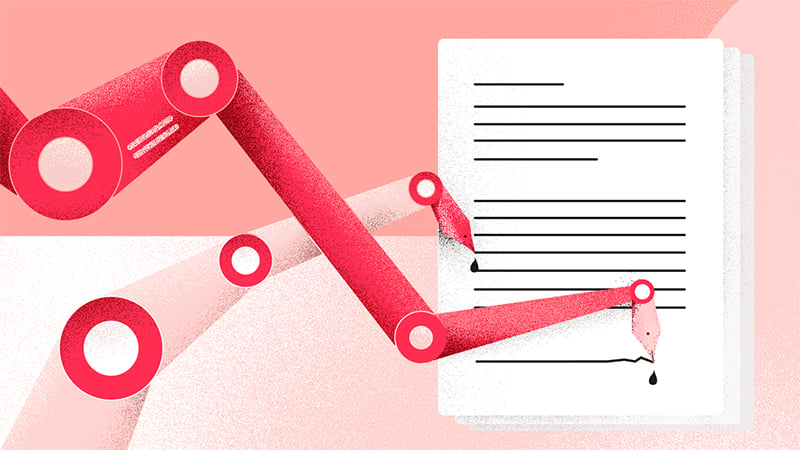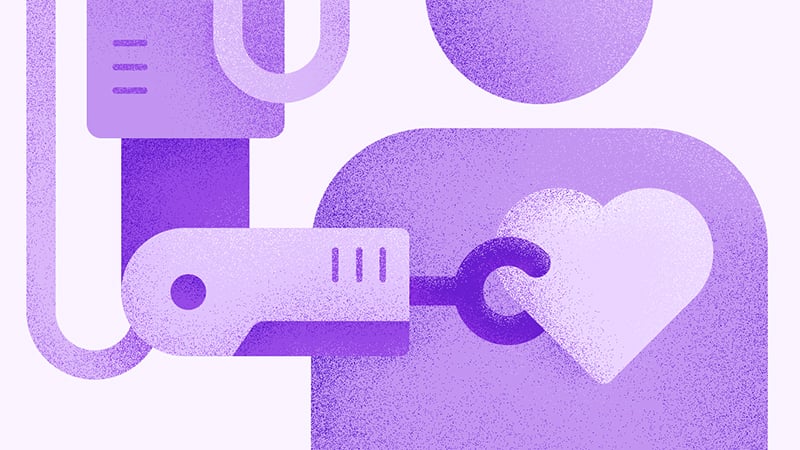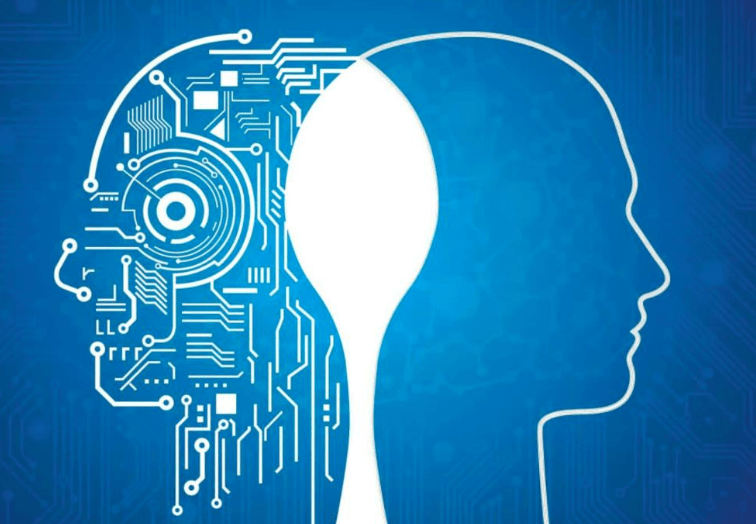Exploring the Difference, A perspective on Narrow AI vs. General AI
Artificial Intelligence (AI) is growing so fast and so are the all the jargons and lingo which go with evolution of AI.
AI encompasses a broad spectrum of technologies and approaches aimed at mimicking human intelligence.
Let’s dive into basic of AI categories. Within the realm of AI, there are two primary categories: weak AI and strong AI, each with distinct characteristics and capabilities. In this post, we’ll delve into the differences between weak AI and strong AI and provide examples to illustrate their respective applications and potential. We surely believe names of categories are not so exciting or intuitive ! 🙂
Weak AI (Narrow AI)
Weak AI is very powerful to begin with 🙂
Weak AI, also known as narrow AI, refers to AI systems that are designed and trained for specific tasks or domains. These systems excel at performing narrowly defined tasks within a limited scope and do not possess general intelligence or consciousness. Weak AI operates within predefined parameters and cannot adapt to tasks outside of its designated domain. Most of currently available AI systems will fall into Narrow AI category. It’s powerful, transformative, and has revolutionized various industries.
Characteristics of Weak AI:
- Task-specific functionality
- Limited scope of operation
- Lacks general intelligence
- Relies on predefined rules and algorithms
- Does not possess self-awareness or consciousness
Examples of Weak or Narrow AI:
- Virtual Personal Assistants: Virtual assistants like Siri, Google Assistant, and Amazon Alexa are examples of weak or Narrow AI. They can perform tasks such as setting reminders, sending messages, and providing weather updates within predefined contexts.
- Recommendation Systems: Recommendation algorithms used by platforms like Netflix, Amazon, and Spotify are another example of weak AI. These systems analyze user behavior and preferences to suggest relevant content or products but do not possess general intelligence.
- AI Chatbots: Chatbots used for customer support, information retrieval, and task automation are also examples of weak AI. While they can engage in conversation and assist users within specific domains, they lack the ability to understand context outside their programmed scope.
- Image Recognition: Weak AI can identify objects in images, such as detecting faces or classifying animals.
Strong AI (General AI a.k.a Artificial General Intelligence )
Strong AI, also referred to as general AI or artificial general intelligence (AGI), is the concept of AI systems possessing human-like cognitive abilities and general intelligence. Unlike weak AI, strong AI would have the capacity to understand, learn, and apply knowledge across a wide range of tasks and domains. Strong AI would exhibit consciousness, self-awareness, and the ability to think and reason autonomously.
Characteristics of Strong AI:
- General intelligence across multiple domains
- Ability to learn and adapt to new tasks and environments
- Consciousness and self-awareness
- Capacity for abstract reasoning and problem-solving
- Potential for human-like creativity and emotional intelligence
- Not Yet Achieved: As of now, Strong AI remains theoretical and elusive. We haven’t created an AI system that genuinely thinks and learns like a human. Sci-fi movies often depict Strong AI, but in reality, it’s still on the horizon
Examples of Strong AI:
- Hypothetical Autonomous Agents: Strong AI systems capable of autonomously navigating complex environments, solving novel problems, and exhibiting human-like cognitive abilities are still largely theoretical and have not been realized.
- Cognitive Robotics: Cognitive robotics is an interdisciplinary field that aims to develop robots with human-like cognitive capabilities, including perception, reasoning, and decision-making. While significant progress has been made, true strong AI in robotics remains a long-term goal.
Examples (from Sci-Fi):
-
- Wall-E: The adorable robot from the animated movie Wall-E exhibits strong AI capabilities, including emotions and problem-solving.
- Big Hero 6: Baymax, the healthcare companion, demonstrates advanced reasoning and empathy.
- The Terminator: Skynet, the self-aware AI system, epitomizes Strong AI’s potential (albeit with a dystopian twist).
- Vision (Marvel Universe): An android with consciousness, emotions, and superhuman abilities.
Well, that’s the basic and high level difference between two categories
For any organization, there are numerous examples of Narrow AI systems, which can help all aspects of any company, be it HR, Marketing, manufacturing, customer service, sales to forecasting and analytics. Possibilities are unlimited, which promotes productivity to unimagined level. More to follow domain specific Narrow AI systems, any organization can use.
In summary, weak AI and strong AI represent two distinct paradigms within the field of artificial intelligence, each with its own set of characteristics, capabilities, and implications.
While weak AI systems excel at performing specific tasks within defined domains, strong AI represents the aspirational goal of creating AI systems with human-like cognitive abilities and general intelligence.
As technology continues to evolve, the pursuit of strong AI remains a compelling and transformative endeavor with profound implications for society and the future of humanity.
Will we ever truly achieve perfection in General AI or AGI ? And more importantly what would be impact of such AI on humanity. Debate is on !!








